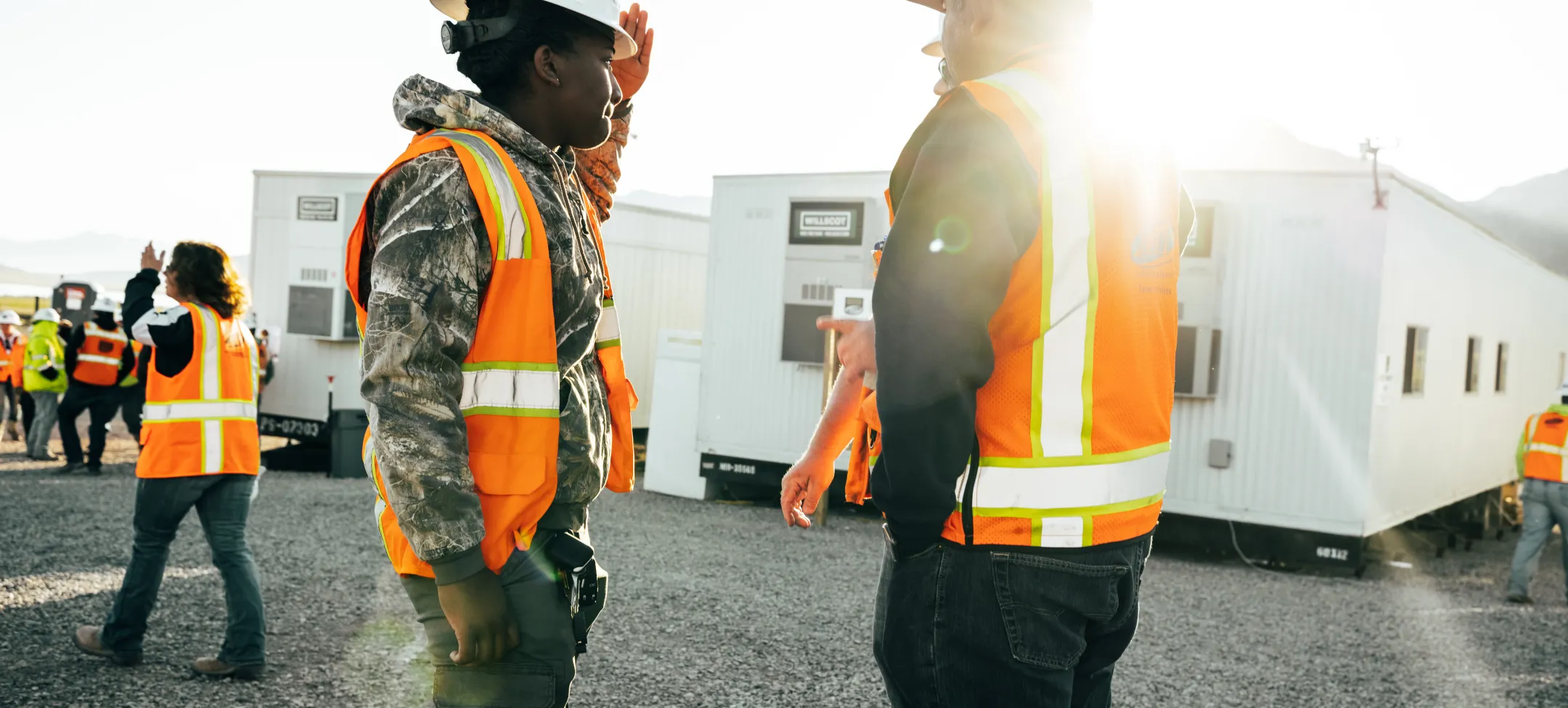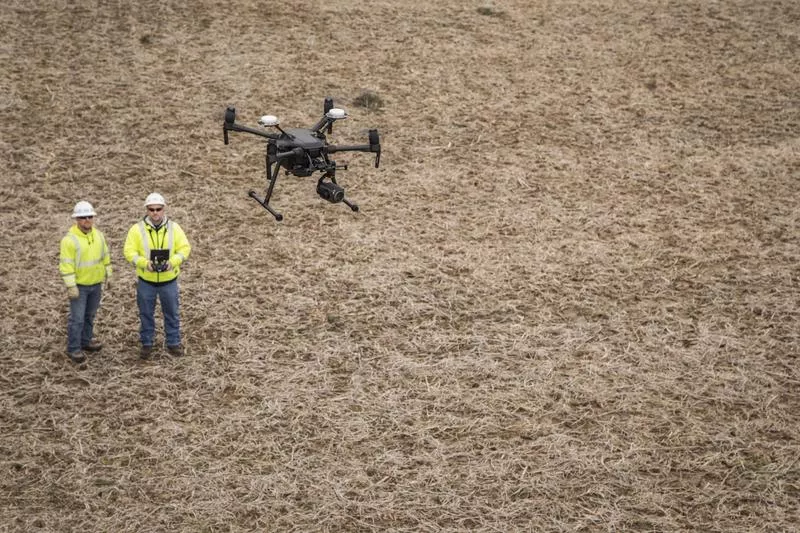Introducing Community Solar
Installing solar panels for low-cost electricity is an excellent choice for many homes and businesses. However, rooftop or on-site solar systems aren’t an option available to everyone, such as renters, low and moderate-income families, and many multi-family or corporate buildings for various reasons.
Community solar projects expand access and allow subscribers like households, businesses, educational institutions, municipalities and more to experience the same benefits of solar power without having a system on-site.
How do community solar projects work?
A community solar project produces electricity for hundreds or even thousands of nearby homes and businesses. Residents and companies can join a community solar project by subscribing to a portion of the solar project’s monthly output.
The energy generated from the community solar array is often discounted compared to typical utility company rates. As a result, subscribers may have the opportunity to lower their electricity bills. With Community Solar there is no upfront investment and allows for flexibility when you move within the same electric utility territory.
Once you join a community solar project, there is no interruption to your service, and you’ll continue to receive your normal electric utility bill. Depending upon your utility, you will either receive just your regular electric bill showing the community solar credits for your solar share’s production for the billing period and the utility will deduct your subscription payment allowing you to see your overall savings on one bill or you will receive your normal electric bill showing the community solar credits, and a second statement for your solar subscription payment, the combined two bills enable you to see your savings on your overall electricity costs.
Community Solar benefits
Key takeaways
We lease the land; we don’t buy it.
AES finds it important that agricultural land stays within local families and communities rather than being sold to corporations.
Pro-solar doesn’t mean anti-agriculture.
Combining solar with farming operations and making sure agricultural traditions stay within communities is something we prioritize. Crop production, livestock husbandry, sheep grazing, etc., are all examples of agriculture practices that can co-exist with solar fields. Approaches for agrivoltaics are determined by the intention of the project. For example, if crops are the main intention, solar can be used in small scales to provide shade to crops and reduce water needs while assisting with electric supply. If solar is the primary use, then sheep grazing can be added to provide vegetation management naturally.
The agricultural side of agrivoltaics can come from the landowner, a local farmer, a local university, or an independent third-party company. There are no set rules to the partnership structure, and AES works with each landowner to find the best fit for them and their needs.
Project overview
Expected project timeline

Economic and environmental benefits
We believe in being a good neighbor, ensuring responsible and sustainable clean energy development that benefits both the environment and local communities without burdening existing infrastructure.
Clean energy benefits local communities
- Long-term tax revenue to counties, towns and school districts
- Job creation during construction and operation
- Landowner income diversification, keeping land in the family
- Local economic stimulus during construction
- Affordable, reliable, locally produced clean energy
- Improved air quality and reduced CO2 emissions
- Social impact funding to area community organizations and non-profits
- Non-permanent development and low-impact construction that ensures land can be sensitively restored to pre-project conditions at the end of the project’s life

Best practices in responsible and sustainable development
At AES, safety is our highest priority, and we’ve focused on improving lives for more than 40 years. As a leading innovator in energy solutions, sustainability is core to both our strategy and our culture. We are committed to responsible land use and incorporating sustainable best practices into the entire project lifecycle, contributing to building a domestic circular renewables economy and reducing foreign dependence.

Partnering with communities for the future of energy
At AES, we understand that our success as a company is only as strong as our partnerships with the communities where we operate. That’s why we partner with communities, customers, state agencies, higher education, and other key stakeholders to understand how we can best work together to support sustainable social and economic development that complements the local geography and unique culture, to improve lives and build stronger communities.
Project updates
Stay tuned for events and construction development updates.
Contact us
We want to hear from you! We appreciate your interest in AES’ Illinois Community Solar.
Phone number: 866-757-7697 (866-SLRPOWR)
Email: brightfuture@aes.com








